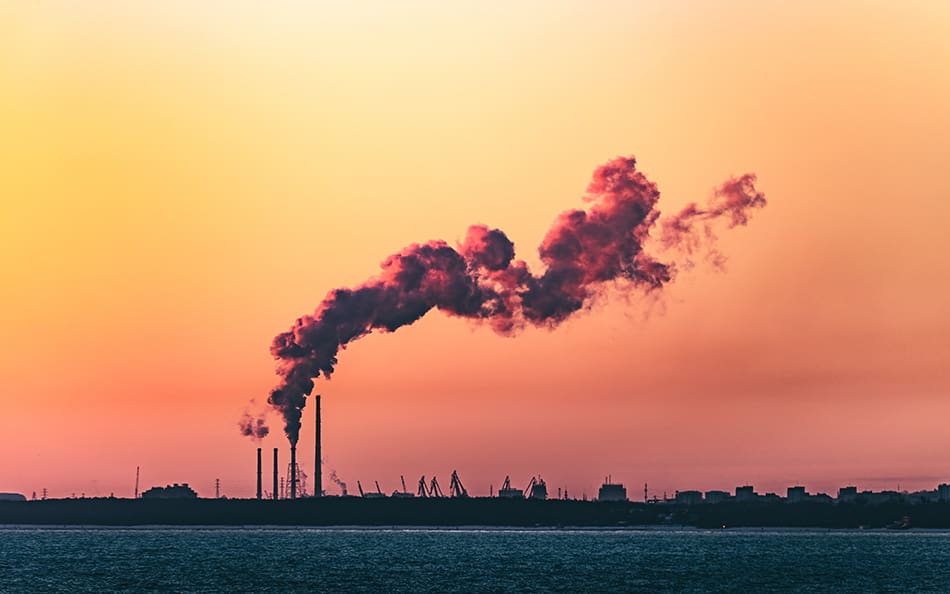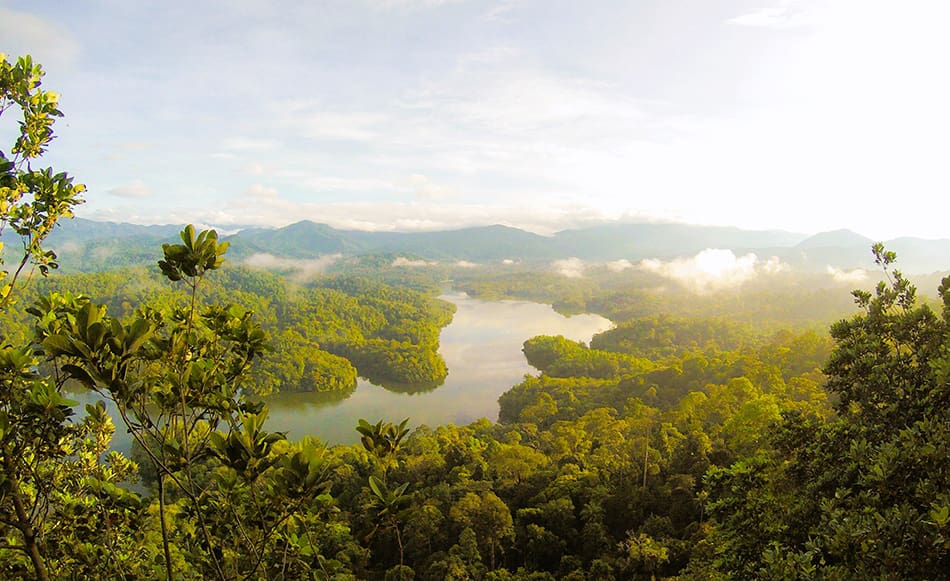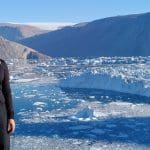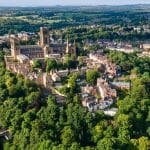Our climate is changing and we’re now heating at a rate unprecedented in at least 2000 years (IPCC Report 2022), this is causing extreme weather events because carbon dioxide and other greenhouse gases, created primarily through the burning of fossil fuels are accumulating in the atmosphere, creating a kind of extra planetary blanket, meaning less heat from the sun can escape back to space.

August 2022 was the hottest August recorded in North America and Europe and the second warmest August globally – summer 2023 is already looking like it will be reaching new and even higher records. Our environment, biodiversity, communities, and livelihoods are all being adversely affected through more and more frequent extreme weather events. Although these types of natural disasters have happened before, today climate change is super-sizing them, making them much more dangerous and more damaging.
Trees (yes you heard right), can play a vital role in helping to bring back the natural balance to our planet. Trees absorb and store carbon emissions, then release oxygen into the air. Trees are currently one of our best carbon technologies. There used to be 6 trillion trees on Earth and today only about 3 trillion trees remain – we are losing about 15 billion trees annually and destroying an area of forest the size of a football field every 1.2 seconds – at the current rate of deforestation, the worlds rainforests could completely disappear within 100 years. Deforestation is also the second largest emitter of CO2 at 20%, this is mainly because of land clearing for cattle rearing and agriculture. Scientific research estimates that a worldwide tree planting programme could remove two-thirds of all CO2 emissions – scientists stating that they ‘’know of no other solution that is quantitatively as large in terms of carbon capture’’ Existing forests around the world currently absorb about 30% of annual CO2 emissions and if we restore nature, we could achieve an extra carbon drawdown of 20 to 30% (Dr. Thomas Crowther 2022). Calculations suggest that we still have around 900 million hectares of tree restoration potential in the world which is enough to plant 1.2 trillion trees. We therefore need to protect existing forests and keep restoring those that have been destroyed.

Trees are truly critical to the wellbeing of our planet, but ‘’we must remember nature is not just a carbon store. It is the infinite network of ecosystems that are vital to human life.’’ (Thomas Crowther 2022) Forests nurture and improve our soils, act as carbon sinks, clean the air we breathe by absorbing harmful pollutants, provide healthy food, are natural aqueducts helping water quality and provide habitat to 80% of the world’s terrestrial plants and animals. Shockingly, in the last 50 years we have experienced massive loss in biodiversity – the world’s wildlife populations have plummeted by more than two-thirds (WWF). Biodiversity includes pollinators such as bees. Bees are one of the world’s species that are vital to the production of food, pollinating around a third of our food. Finally, some 1.6 billion people worldwide depend directly on forests and their biodiversity for food, shelter, energy, medicines, and income. (UN Global Forests Report 2021)
Reforestation in those places where we have already lost trees, is the key. Where the conditions are right, we can harness the power of nature to help create a future in which both people and nature can thrive. Natural climate solutions can be effective if the role of local communities as sources of indigenous knowledge is listened to, included, and supported in an integral way in any reforestation project. Only then can we ensure that the forests we grow become permanent and sustainable.
There is no doubt that a stable future climate requires revolutions in our energy sector and massive efforts by us all to reduce greenhouse gas emissions. So ‘just’ planting trees and continuing business as usual is not a solution, we must use a combination of approaches if we want to help reverse climate change and that includes those all-important trees, but noticing, measuring, reducing our consumption is the first step to reducing emissions, whatever is then left and hard to reduce we should then look at compensating in a meaningful way with high quality carbon offsets.
Photo in News
Recent Posts

















